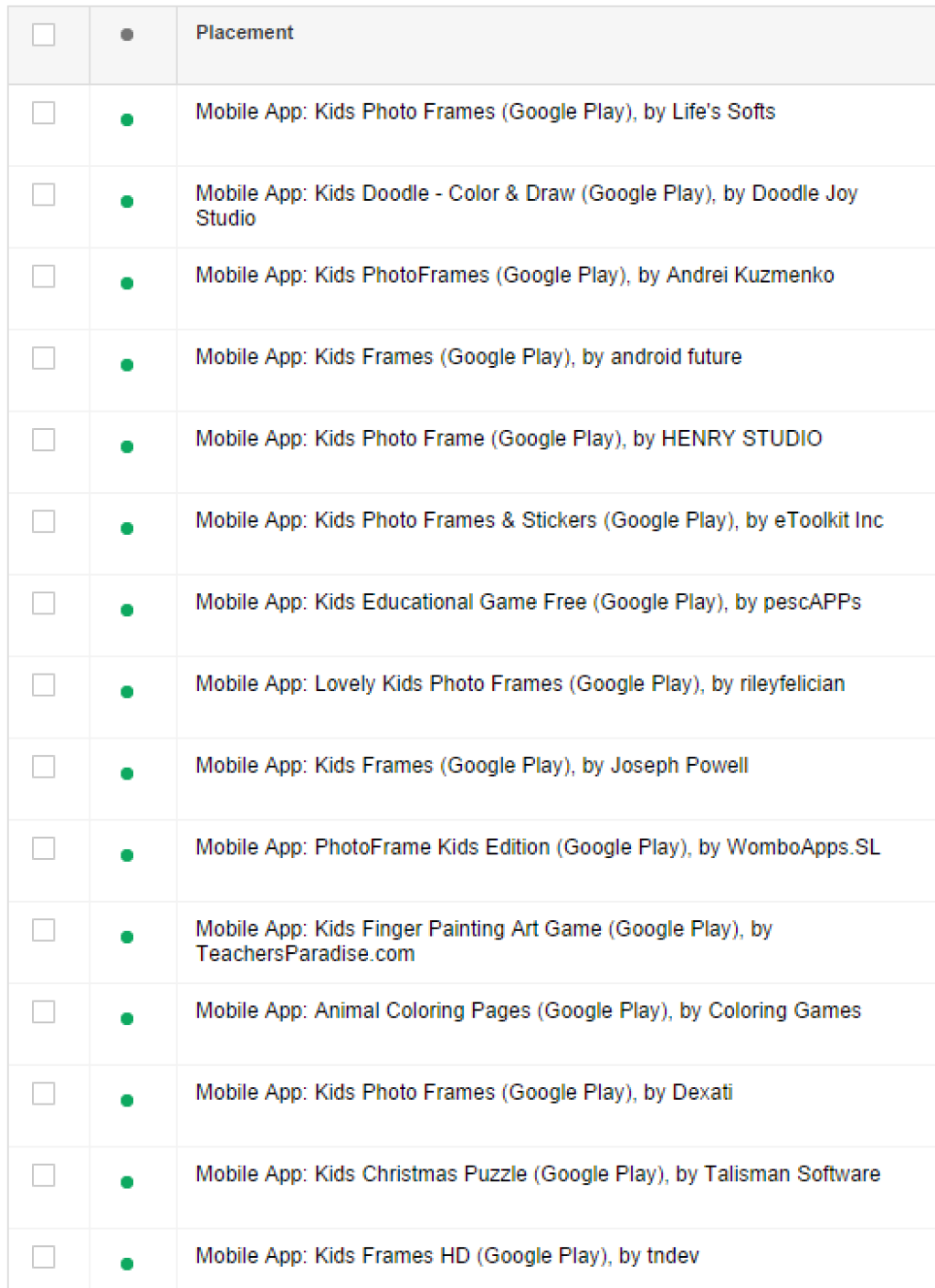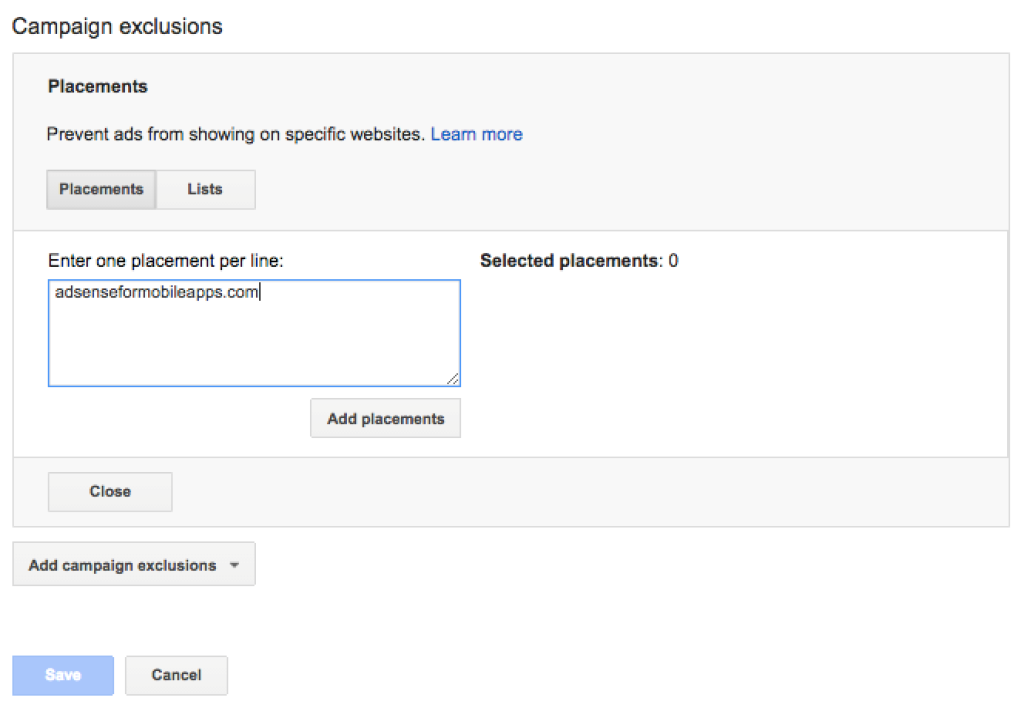Display Network Click Fraud

Display Network Click Fraud
The display network can be a great asset to your PPC campaigns. However the display network is not immune to the issue of display network click fraud, in fact due to publisher click fraud it can be a real breeding ground for wasteful invalid clicks. The root cause of this is the current Google Ads system allows publishers on the AdSense network who display your ads to be paid a small percentage of the cost per click. This drives a publisher to want the ads being published on their web sites to be clicked on and therefore breeds AdSense click fraud.
This can be intentional whereby the publisher has mechanisms to click on the ads through bots, click farms or crafty placement of the ads near other calls to action on the web site which would mean finding it very easy to mistakably click on the display ad. Traditionally, display network click fraud would be clicking on their own AdSense ads but with this having only limited benefits more advanced techniques have been employed.
One area of click fraud that the display network is responsible for is mobile apps. Excluding this can have a positive effect on many campaigns as it limits exposure to your ads displaying within mobile apps where clicking on a display ad is very easy for a visitor, yet very costly for the advertiser. To identify whether you have this issue, click through to your display campaign then onto placements to see whether you have Mobile App placements such as the below example:
If you do find that there are many Mobile App placements then adding a placement exclusion for adsenseformobileapps.com will resolve this. This can be done by scrolling to the bottom of your placements under the Campaign placement exclusions heading - you can add in an exclusion:
Whilst in this area to the right you’ll notice Site category options. At this point it would be worth excluding In-game, Gmob mobile app non-interstitial. There may be others you choose to exclude to further enhance your display campaigns.
Further analysing your Placements it’d be worth weeding out any placements that you feel are inappropriate. Statistically speaking you’d look for placements that show a high volume of clicks that are not producing conversions. Anything that is spending your budget without producing the desired conversions should be removed, this of course unless you’re running a brand campaign to raise awareness.
It should also be noted that a modern way of trying to overcome the in-built invalid clicks filter in Google Ads is for the click fraud visitor to make a conversion. This could be something as simple as filling in a form with gobbledygook in order to make a conversion. As a result this desensitises the invalid click filter as the visitor has now made a goal that the advertiser has defined. If you sell a product or service where you take payment, then pushing the conversion back to once the visitor has made a payment is one option although in many cases impossible. Using reCAPTCHA to prevent bots from completing your contact and lead forms is also advisable and a good way to prevent false conversions. This advice is not specific to display network click fraud, it’ll help you prevent false conversions across your whole Google Ads account, not to mention all those annoying spammy forms you receive in your inbox.
Display network click fraud is a real issue and refining your campaigns to a certain degree can help. Click Guardian’s tracking mechanism at the time of writing this article does not take into consideration the conversions that can be fraudulently triggered therefore not making it as susceptible as the in-built invalid click filter. That said, Click Guardian’s automated IP blocking feature works in tandem with the Google Ads invalid clicks filter so you can be sure with both active that your display network campaigns are being protected effectively from click fraud.
Protect yourself against display network click fraud with a free 7 day trial of Click Guardian Pro.

